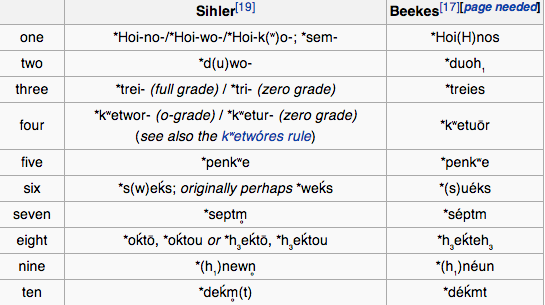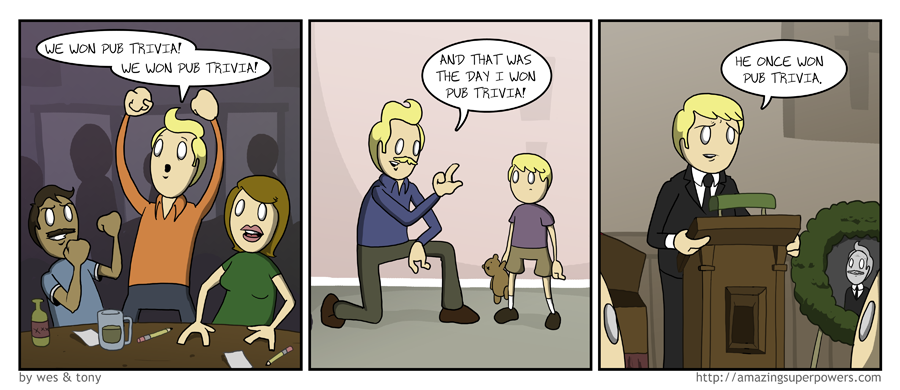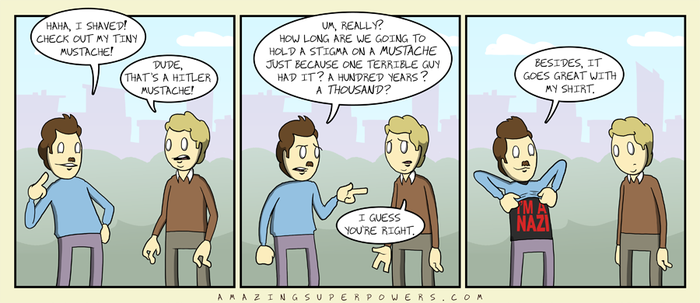If you want to start from the beginning, part one of the True Detective Essay can be found HERE
SOMEONE ONCE TOLD ME, ‘TIME IS A FLAT CIRCLE.’ EVERYTHING WE’VE EVER DONE OR WILL DO, WE’RE GONNA DO OVER AND OVER AGAIN.
– Rust Cohle
One of the key symbols in True Detective is a spiral. It first appears on the Dora Kelly Lange’s corpse 1995, but it pops up elsewhere in the investigation, as a tattoo on a suspect, and in the shape of a flock of birds as it flies over the abandoned church.

A spiral is defined by the fact that it is open, rather than closed. A spiral is a line that circles itself, winding and growing but always retaining the exact same shape. It’s the repetition of a spiral that evokes a sense of inevitability. Once the pattern is established, it will never change. The idea of spirals and repeated patterns doesn’t just appear visually in True Detective – it also comes up in language and thought, most notably in Cohle’s rambling interview responses, where he says, “Someone once told me ‘time is a flat circle.’ Everything we’ve ever done or will do, we’re gonna do over again.”
The spiral is also significant in that it is a naturally occurring shape. We see it in everything from a nautilus shell to the Milky Way galaxy. We also see it in hurricanes, which come up repeatedly in True Detective. Though we don’t see or experience hurricanes Rita, Andrew or Katrina in True Detective, they are all mentioned by name. These storms force residents of the Gulf Coast in to an unending cycle of destruction, loss and rebuilding. They also provide a key plot point by destroying evidence held by the police and paper files held by Reverend Tuttle.
Hart and Cohle enter start their own cycle of destruction and rebuilding when they see the spiral drawn on Dora Kelly Lange’s corpse and they spend twenty years spinning around that central point. Over the course of the show we see two cycles in the investigation of the same crime. The two detectives follow the same trajectory in both 1995 and 2012: a murdered woman, an uneasy partnership, a growing trust, a breakthrough after months of investigation, a step outside the boundaries of the law to catch the killer and finally, a feeling of dissatisfaction even after thwarting a killer and being lauded as heroes. The show drives home the idea of repetition and inevitability by using the same characters from 1995 to act out the 2012 portion of the story. Hart’s wife and daughters, Reverend Tuttle, the revival preacher and the girl from the trailer park brothel are all slightly different than when we first saw them, but they still have roles to play. They are trapped in this same spiral just as much as Detectives Hart and Cohle.

Most importantly for our analysis, a spiral is also a labyrinth; the open end is an invitation to follow the curved path of empty space between the lines. It’s notable that the season finale of the show is named “Form and Void,” a title that could be a description of the actual labyrinth through which Hart and Cohle chase the killer – the form being the walls of the labyrinth and the void being the dead space between. That negative space is where Hart and Cohle live and work. It’s the space between what is known and what is yet to be discovered, what is legal and illegal, what is right and what is wrong. In modern English the words labyrinth and maze are synonymous, but in classical terms there is a distinction between the two. A maze is a puzzle with multiple paths and choices of direction. A labyrinth is a shape with a single, non-branching path that leads to the center. It supports the idea that there is a single, inevitable truth to be found if one only follows the path all the way to the end. The viewers, like the detectives, want there to be a central truth, a clear answer at the end of the long and winding investigation, but sometimes a singular answer does not provide solace or resolution.
True Detective Part 3: There’s a Monster at the End of It































